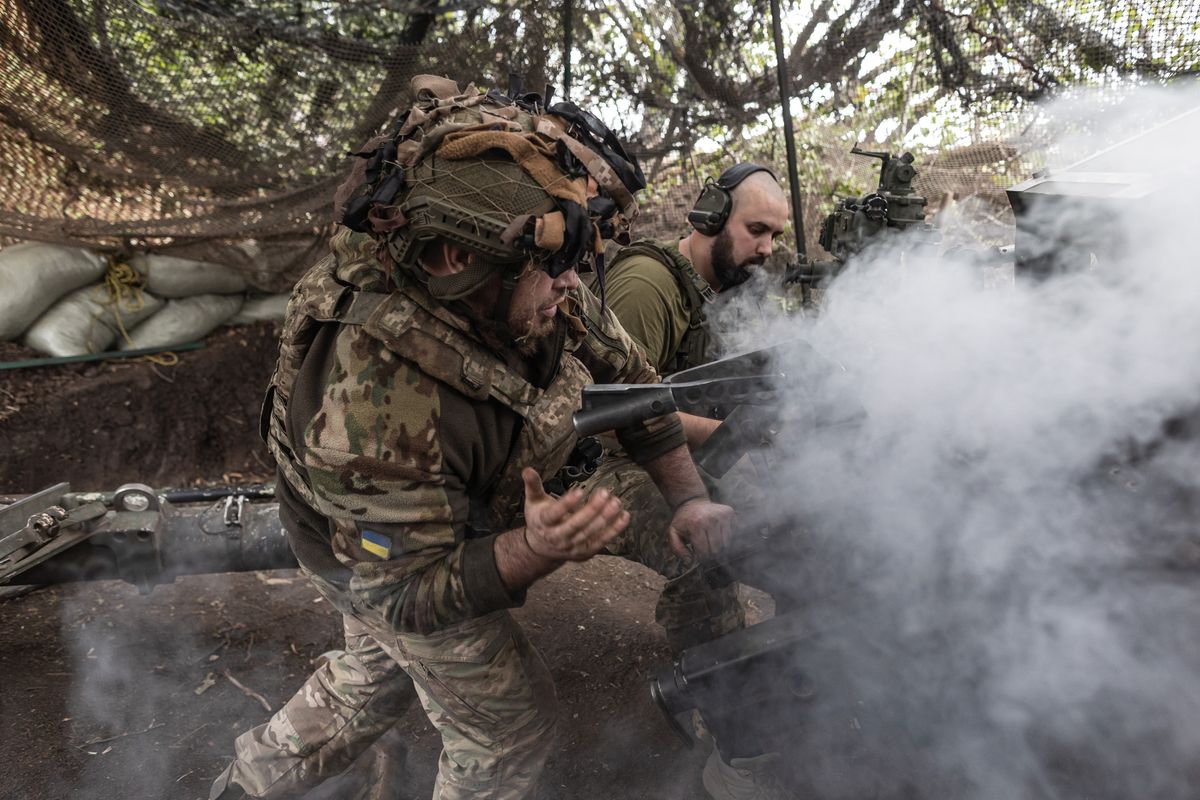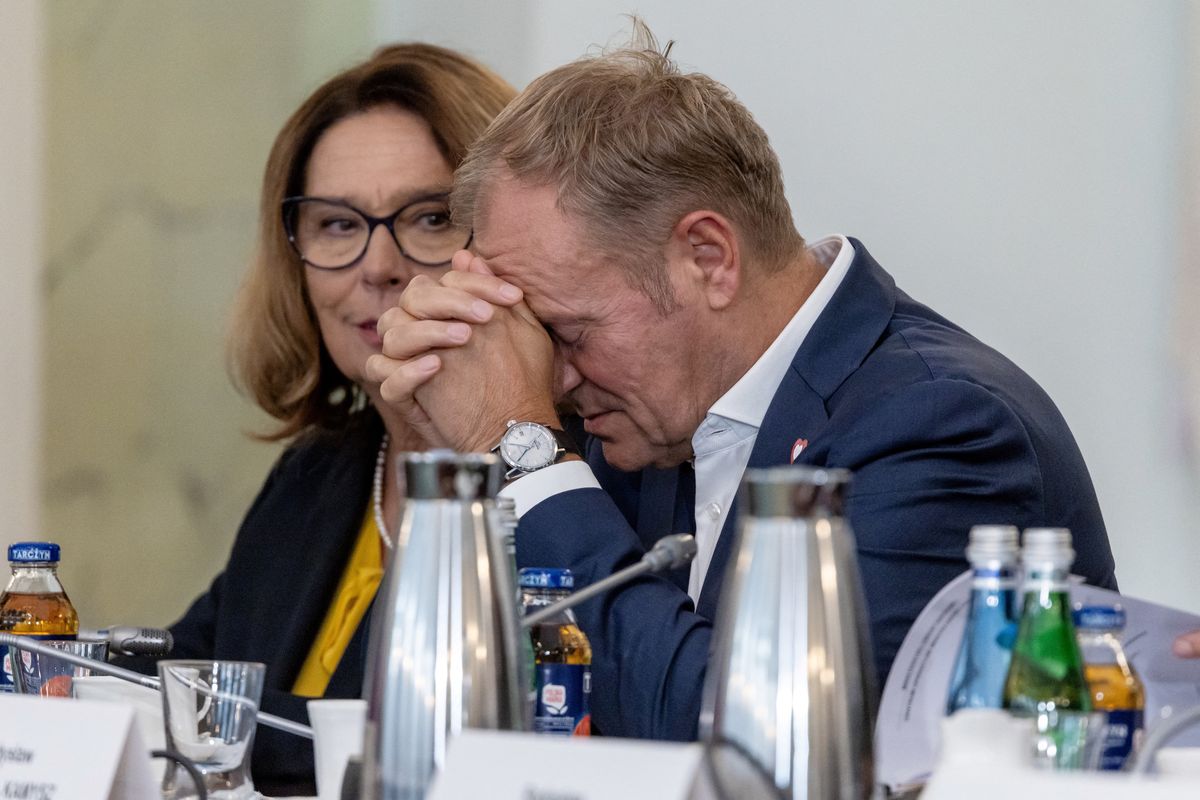Intelligence cooperation within Europe can get messy. There are national intelligence units, European Union (EU) intel structures, and ones within NATO. How all of these different institutions coordinate and share information is vital to securing the continent and has been of heightened focus with the wave of terror attacks in Europe over the past year. The Cipher Brief’s Kaitlin Lavinder spoke with former Polish Defense Attaché to Washington Brigadier General (Ret.) Jarosław Stróżyk, who also served as the Deputy Director of the Intelligence Division in NATO’s International Military Staff, about how European intelligence works.
The Cipher Brief: Can you provide an overview of the different intelligence structures within the European Union?
Brigadier Genergal (Ret.) Jarosław Stróżyk: The intelligence structures within the European Union have been created in the last 15 years – the main two being the military one within the European Union military staff, the Intelligence Directorate, which consists of soldiers who come from EU member nations and the civilian one.
The soldiers in the military one are like typical staff, like the joint staff in the United States. They do regular jobs from intelligence policy to intelligence analysis, but they don’t have their own assets. They rely fully on national inputs, that is, they ask European member nation intelligence services for information, they receive answers, they collate those answers, and then they provide analysis and reports to the European Union decision-makers.
Then there’s the civilian side, which has been around since 2001. It was called the Situation Center at the beginning and then in 2011 became the Intelligence Center, INTCEN. That was created after 2001, mainly because of events in the U.S. and has, over the years, been changed accordingly. It’s the same situation as with the military pillar – they have people from civilian services, and they do the same job of simply providing information to the European Commission, European Council, about different aspects that are of interest to the EU.
TCB: To clarify, is the information on the civilian side also coming from national intelligence services, so it acts more as an aggregator than a federal intelligence service?
JS: Correct. It’s a simple aggregation of information that’s received from civilian foreign intelligence and security intelligence services of the nations. In some cases, very few cases, those are the same, because some nations, like Denmark, have a joint intelligence service of civilian and military. So in some cases, this is the same service. But as a general rule, there are liaison officers on both sides, military and civilian, and they provide the information directly from the services.
It’s a quite dynamic and efficient system. There have been some discussions over the years about the creation of a European intelligence agency. But for the same reasons, it’s not possible within the NATO framework, it’s also not possible within the European Union framework. You will not find the same set of rules for operations, the same rules for financing intelligence, amongst all members within such a big organization. So it’s simply not possible. But this discussion has been ongoing in both organizations over the years, especially since 9/11. It really started on the European side after some terrorist attacks – Madrid in 2004, London in 2005.
Both NATO and the European side do have some valuable assets. For example, the European Union has a satellite center in Torrejón, near Madrid in Spain, and this is a very good asset that provides information not only for the intelligence domain but also for things like agriculture and disaster relief issues for the EU. So they really possess some good assets, but they also use some national observation satellites from nations like Germany, Italy, France, and Spain.
TCB: You mentioned that the civilian side in the EU came into the form it is in today in 2011. Why then? Was there a specific event that triggered that?
JS: Yea, there was an event. There was the Lisbon Treaty, and that changed European Union structures. That was the first time the European External Action Service (EEAS) was created to act as a kind of State Department. They organized European Union embassies all over the world. And then the civilian intelligence center and the military intelligence one were seconded to this EEAS, and then they created a pretty robust structure. That was the major change and when the Situation Center turned into INTCEN.
TCB: You talked about how it would be impossible for the EU or NATO to create their own intelligence collection units that would not be reliant on the member states to provide them with intelligence. But if it was possible, do you think that would be beneficial?
JS: For sure it would be beneficial for the NATO Secretary General or the EU decision-makers to have their own intelligence assets that they could direct, task, and then receive quick responses from. That would be very beneficial. But, as I mentioned, it’s not possible. So those organizations are taking step-by-step solutions. In NATO, the Alliance Ground Surveillance Program that uses unmanned aerial vehicles is now being created. It will be formed next year in Italy. This would be a specifically NATO-owned asset, like the EU satellite center, which is specifically manned, financed and owned by the much richer EU. The EU has the financial resources for doing that. They have much more resources to create their own solutions. NATO seems to be pretty modest when compared to the EU.
So as I said, step-by-step in small areas, and then reliance on national input by others is how it works. But this is always problematic. How much information can nations provide on specific problems? It’s always a matter of political perception by nations, and I would say it’s a case-by-case scenario. It’s always a really challenging issue in both organizations.
TCB: With the terrorist attacks we’ve seen across Europe over the past year or so, are countries making an effort to provide more intelligence to the EU and NATO structures?
JS: Yes. The London attack on March 22 came just one year after the Brussels attack. It was really one year ago when there was a major discussion on how to provide more information to the European Union. There has been real progress over the years. However, there is still stove piping with the different pillars.
I didn’t mention two other organizations which are more related to criminal organized crime. There is Europol, kind of an overarching organization for the police from all over the EU. Europol is really the asset which should coordinate the action of all police structures from European Union nations.
And the second one is Frontex, which is an organization that provides coordination for protecting EU borders, which has become really significant in the last couple of years because of the immigrant problem. Those two are also very dynamic in providing some information to the decision-makers. But the nature of those two organizations is not typical strategic intelligence, as we professionals think. Still, this is a matter of priority for many nations, and those two are developing their own structures – which is good, but on the other hand, you might need some coordination from the EU. It seems to be a problem at this stage, like there was a problem in the organization of United States intelligence entities before 9/11.
TCB: Is the EU looking toward the U.S. and how it restructured after 9/11 for suggestions on what it can do?
JS: From my research, it seems there are two schools or models of how to create structures. The first one is the British State Department, one based on joint intelligence comity, which is well-known in European structures and was created in 1936. The second one is the U.S. State Department Bureau of Intelligence and Research. Those two models were looked at by some decision-makers, and I tend to believe that the British one was the main model for some decision-makers who were involved in forming the European External Action Service and the Intelligence Center. The U.S. experience is a really good example, but I don’t think this is being looked at carefully enough. There is still space for improvement and lessons learned.
The European Union has some other problems as we speak, including the British leaving the EU, so I don’t think there is now a mood for the real research and creation of something new.
TCB: How could Britain leaving the European Union change the EU’s intelligence structures? For example, do you think that Britain will still provide intelligence to the EU, or will they prefer to work only in NATO, or only in bilateral and multilateral arrangements?
JS: I think that there will be mainly NATO cooperation and then bilateral cooperation. Of course, the European Union could be treated as another factor. But Brexit could really impact cooperation within the EU in a negative way. The British intelligence is always well-informed. They are a very robust and skillful organization. So that will be a real loss for the EU intelligence assets when Britain leaves the EU.
TCB: Do countries within Europe, even though they do have the EU mechanism to share information, also engage in bilateral and multilateral intelligence sharing arrangements, like the UK has with the United States?
JS: Yes, certainly. It’s always a kind of dilemma for each nation, how much to engage within bilateral and multilateral agreements. There’s always a need to balance between those. In some cases, bilateral agreements and exchanges are crucial for some operations.
There are also some clubs or intelligence forums, like Club de Berne, a really old club with many European services within it. So that’s another tool. There are also some counterterrorism task forces between nations.
TCB: Which countries within Europe work most closely together on intelligence sharing?
JS: Historical relations and specific operations determine who works together. When you have some interest in Africa, for example, there’s always good cooperation between France and Belgium. When we speak of central and eastern Europe, there is good cooperation between the nations along the eastern border, like Poland, Romania, and Lithuania. It’s always case-by-case I would say.
TCB: Is there anything else you would like to add?
JS: NATO structures are a function of EU strength and vice versa. That’s how it works in Europe. Some of the intelligence services are really modest, like in Belgium, where they’re struggling with the current situation and need some cooperation with other nations. Having no borders within the EU is another challenging factor for many nations.
TCB: How do NATO and the EU work together with intelligence sharing?
JS: That’s a really challenging issue because of the dispute between Turkey and Greece over Cyprus. There are no formal agreements for sharing intelligence, and that really bothers many professionals. There’s no formal agreement for exchanging information, and that’s a real obstacle for cooperation. On the one hand, in the EU, Greece and Cyprus object to the exchange of information. In NATO, Turkey objects to cooperation between those two. In my experience, being at NATO as a Deputy Director of Intelligence, that’s a real obstacle for the daily job.
TCB: To clarify, there needs to be unanimous consent on both the NATO and EU sides to engage in any kind of intelligence sharing agreement?
JS: Correct. Full consensus of all nations.












